Slotted precision screwdrivers are essential tools in any DIY enthusiast’s or professional’s toolkit. These screwdrivers are specifically designed to fit into the single grooved slots of a screw, making them crucial for tasks that require precision and care. Whether for adjusting tiny screws in an electronic device or for more heavy-duty work like carpentry, slotted precision screwdrivers are the go-to tools for many.
The importance of slotted screwdrivers cannot be understated. They allow for a high level of control and precision, making them useful in various tasks, from assembling delicate electronics to constructing robust furniture. But what exactly makes a slotted precision screwdriver different from its counterparts like Phillips, Torx, or flat screwdrivers? It’s all down to their design and the specific use case they’re intended for.
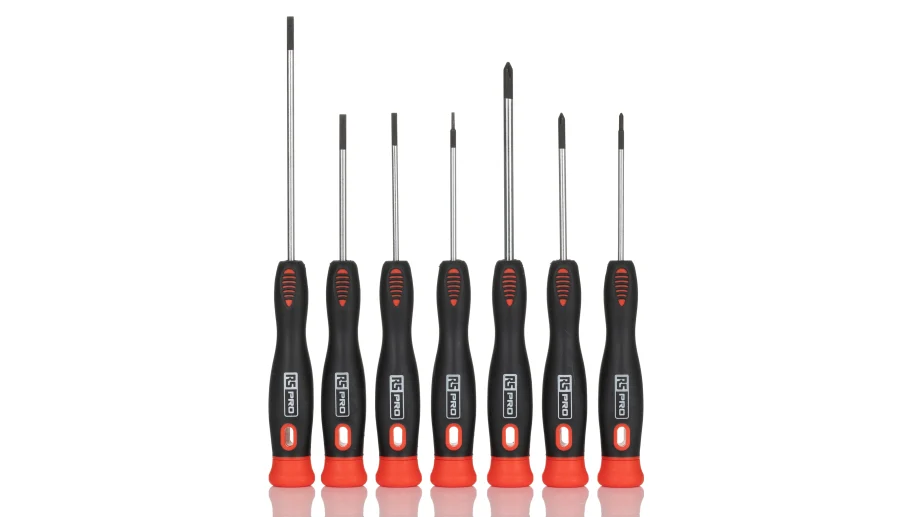
Also read: How To Wire a 3-Way Light Switch
The Ultimate Guide to Slotted Precision Screwdrivers: Versatility in Your Toolbox
| Aspect | Details |
|---|---|
| Utility | Essential for precision tasks in electronics, carpentry, construction, and automotive work. |
| Design Differences | Slotted precision screwdrivers differ from Phillips, Torx, and flat screwdrivers in design and use cases. |
| Applications | Used for delicate electronic repairs and adjustments; crucial in fine-tuning and finishing work. |
| Screwdriver Selection Factors | Screw type, material, and size are key factors in choosing the right precision screwdriver. |
| Usage Technique | Correct size, alignment, and applying gentle pressure is important to prevent damage. |
| Maintenance | Regular cleaning and dry storage are necessary for longevity. |
| Safety Measures | Wearing protective equipment like electrical gloves is important for safety. |
| Enhanced Precision | Supporting tools like laser distance meters can improve precision in work. |
| Dealing with Challenges | Ensuring clean and correct-sized tips, and utilizing magnification for small components. |
| Conclusion | A versatile and precise set of slotted screwdrivers is vital for effective and detailed work. |
This table sums up the essential aspects of using, maintaining, and enhancing the work with slotted precision screwdrivers. The guide underlines the importance of these tools in various professional and DIY projects, emphasizing the need for proper technique, safety measures, and the utility of supporting tools for optimal precision and results.
Also read: Best Pruning Shears
Anatomy of a Precision Screwdriver
A slotted precision screwdriver is made up of a handle, a shaft, and a tip that corresponds to the slot of a screw. The handle is typically designed to provide a comfortable grip, allowing for precise control during use. The shaft is narrow to allow for access to recessed screws, and the tip is finely slotted to fit snugly into the screw head.
These screwdrivers differentiate themselves from others like Phillips, Torx, and flat screwdrivers, and here’s how:
- Phillips Screwdrivers: Designed to fit cross-head screws; risk of cam-out is reduced but not as precise as slotted screwdrivers for single grooved slots.
- Torx Screwdrivers: With a star-shaped tip, it’s used for screws that have a six-point star pattern, offering more torque transmission and reduced slip-out.
- Flat Screwdrivers: Often called standard screwdrivers, they usually have a wedge-shaped flat tip and serve a similar function but are less precise than slotted precision screwdrivers.
Applications in Electronics and Automotive
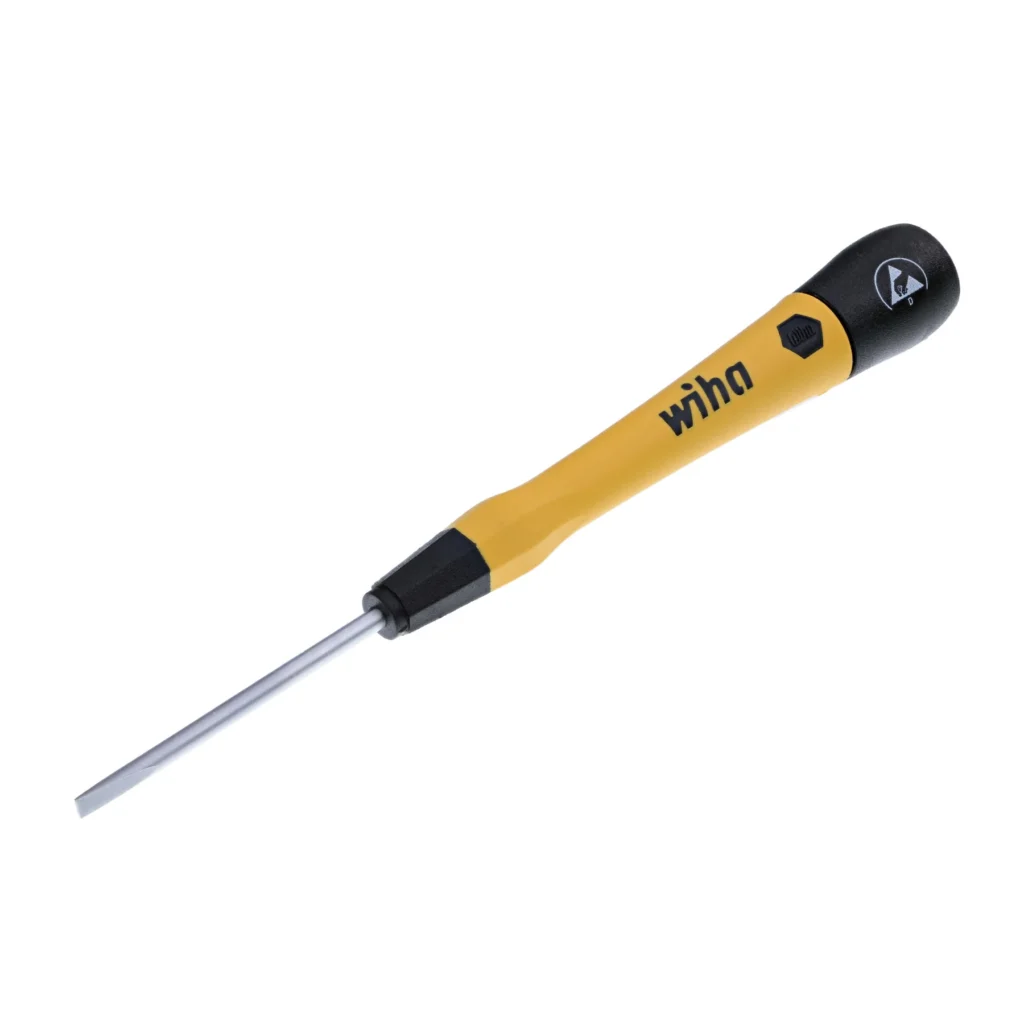
In the realm of electronics, slotted precision screwdrivers are indispensable. They are used for intricate repairs and adjustments in electronic devices such as smartphones, laptops, and cameras, where the size and precision of the tool are paramount. The slender design allows them to fit into tight spaces, which is essential when working with small, delicate components.
Automotive applications also demand precision, particularly for tasks such as tuning carburetors, setting distributor points, and adjusting various small screws. Paired with the best automotive multimeter, slotted precision screwdrivers help mechanics carry out accurate diagnostics and fine adjustments.
Utility in Carpentry and Construction
Precision screwdrivers play an equally important role in carpentry. They help in fine-tuning wooden joints, installing hardware, and in detailed work like assembling intricate furniture pieces. Choosing the right tool can make a significant difference, and it’s often a good idea to pair them with best pants for carpenters which offer comfort and functionality while working.
In construction, precision screwdrivers are used for tasks that require a delicate touch, such as finishing work and installing specialized fixtures. When precision is the key, a slotted precision screwdriver is an obvious choice. For larger construction projects that involve a variety of fastener types, having a precision screwdriver alongside a broader array of tools becomes necessary.
Choosing the Right Screwdriver for Your Project
When it comes to selecting the proper precision screwdriver, a few factors should be taken into consideration:
- Screw Type: Ensure the screwdriver’s tip matches the screw head.
- Material: Look for durable materials such as chrome vanadium for the tip and a comfortable, non-slip grip for the handle.
- Size: The screwdriver should be proportional to the screw for the best fit. A set of varying sizes is advantageous.
One should consider investing in comprehensive best screwdriver sets that include a variety of slotted precision screwdrivers to be prepared for any project.
How to Use Slotted Precision Screwdrivers Effectively
Proper technique is crucial when using slotted precision screwdrivers to avoid damage to either the screw or the device. Follow a step-by-step guide to ensure correct usage:
- Select the correct size screwdriver for the screw.
- Align the screwdriver tip with the screw head.
- Apply gentle pressure and turn steadily to tighten or loosen the screw.
Avoiding common mistakes, such as stripping screws, is key. If a mistake does happen, knowing how to remove stripped screws can save both time and frustration.
Maintaining Your Precision Screwdrivers
For longevity and peak performance, routine maintenance of your precision screwdrivers is necessary. Here are a few tips:
- Clean the tips regularly to prevent the build-up of debris.
- Store them in a dry place to prevent rusting.
Using organizational solutions like the best tool box is not only great for maintenance but also for keeping your precision screwdrivers and other tools safe and easily accessible.
Safety Measures while Working with Precision Tools
Safety is paramount when working with any tools, and precision screwdrivers are no exception. Always employ safety measures such as:
- Wearing electrical gloves, which come with their own set of classification, care and maintenance, and safety standards to adhere to.
- Selecting gloves like the best thin gloves for extreme cold 2023 when working in environments with low temperatures.
Enhancing Precision with Supporting Tools
Making use of additional precision tools can enhance your work’s accuracy and ease. For instance:
- Laser Distance Meters: For remote measuring of length, width, and height.
- Optical Range Finders: For determining the distance of a target.
Alongside other measuring devices like laser measuring devices and laser rangefinders, tools such as the Bosch GLM100 23 100ft laser distance measurer can significantly boost the precision of your work.
Common Challenges and Solutions when Using Slotted Precision Screwdrivers
Even with the most careful approach, challenges may arise. Small screws and fasteners can be troublesome, but there are methods to ensure the right amount of precision:
- Ensure the screwdriver tip is clean and the correct size.
- Use techniques like magnification to better view small components.
Additional tools and tech can help, like checking for a level using Google’s built-in bubble level on Android (check Google’s built-in bubble level on Android).
Conclusion
Slotted precision screwdrivers are essential for a wide range of tasks, offering versatility and precision required for detailed work. Their significance in a comprehensive toolkit can’t be overstated, and investing in high-quality precision tools lays the groundwork for effectively performing delicate tasks. Embrace these screwdrivers alongside the recommended practices, maintenance routines, safety measures, and supporting tools to achieve the best results in your projects.

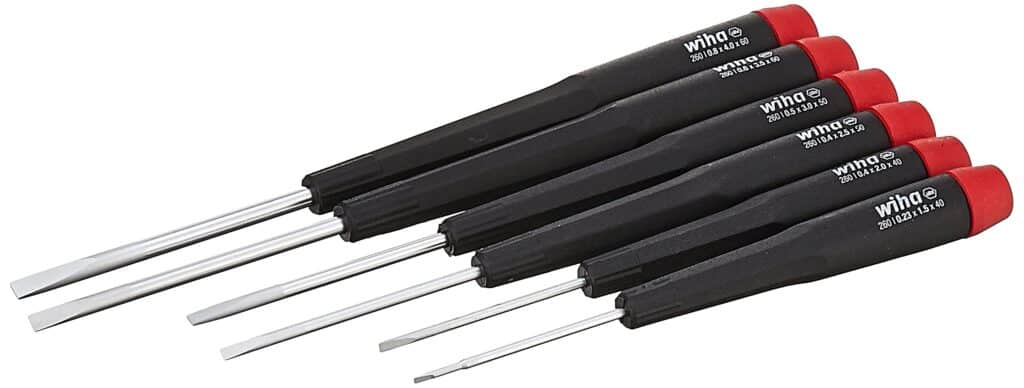
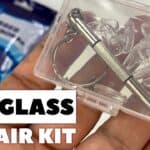
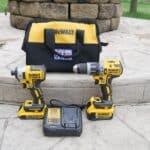
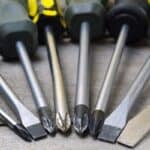
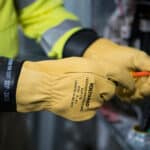
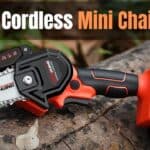

1 thought on “Slotted precision screwdriver”